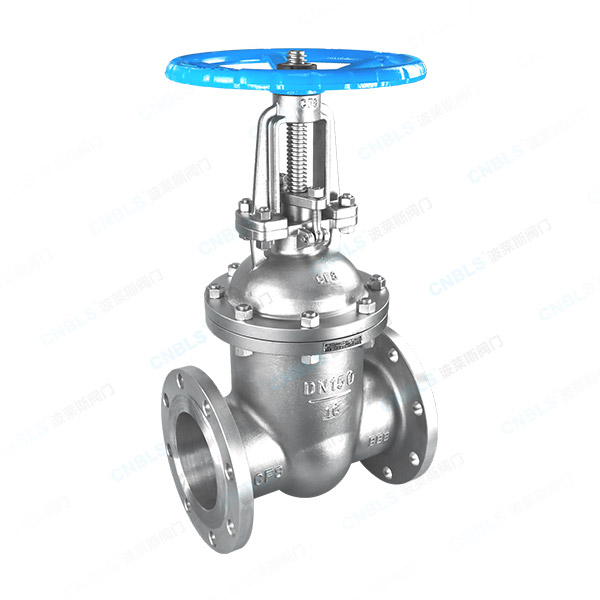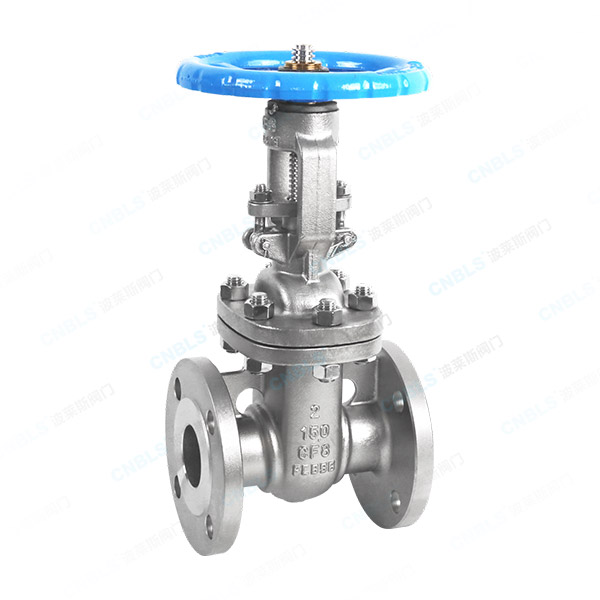News
Enterprise news
 Service hotline:0577-8588 9009
Service hotline:0577-8588 9009
News
Enterprise news


Nominal pressure is an important parameter of the valve, usually expressed by the letters PN and nominal pressure value, representing that the pressure under corresponds to the reference temperature. The pressure system of the valve is commonly used in the national standard pressure system and the American standard pressure system, what are the differences between them, how to carry out a simple conversion, introduced here in detail, to help valve users better understand.
PN national standard system refers to the corresponding pressure at 120 ° C, while CLass American standard refers to the corresponding pressure at 425.5 ° C (in addition to 150LB with 260 degrees as the benchmark, other levels are based on 454 degrees), 150 pound class (150psi=1MPa) of the 25 carbon steel valve at 260 degrees, The allowable stress is 1MPa, and the allowable stress at room temperature is much larger than 1MPa, about 2.0MPa. Therefore, generally speaking, the nominal pressure level corresponding to the US standard 150LB is 2.0MPa, the nominal pressure level corresponding to 300LB is 5.0MPa and so on. Therefore, in the engineering exchange, the pressure conversion cannot be simply carried out. For example, the pressure conversion of CLass300# should be 2.1MPa, but if the temperature is taken into account, the corresponding pressure will be increased, which is equivalent to 5.0MPa according to the temperature withstand pressure test of the material.
The nominal pressure is not the actual pressure value, and the nominal pressure and temperature pressure grade can not be changed casually according to the pressure transformation formula. PN is a numerical expression of the pressure related code, is to provide a convenient round number for reference, PN is approximately equivalent to the normal temperature pressure MPa number, is the nominal pressure usually used by domestic valves. For example, a gate valve with a carbon steel body refers to the maximum allowable working pressure when applied below 200 ° C; For cast iron valve body, refers to the maximum allowable working pressure when applied below 120 ° C; For a control valve with a stainless steel body, it refers to the maximum allowable working pressure when applied below 250 ° C. When the operating temperature increases, the pressure resistance of the valve body will be reduced.
The nominal pressure of the valve is expressed in the pound scale, which is a calculation of the combined temperature and pressure of a certain metal, which is calculated according to ASME B16.34 standards. The main reason that the pound scale does not correspond to the nominal pressure is that the temperature reference of the pound scale and the nominal pressure are different. We usually use software to calculate, but also know how to use a table to check the weight level. Japan mainly uses the K value to indicate the pressure level. For the pressure of the gas, in China, we generally use its mass unit "kg" to describe (rather than "jin"), the unit kg. The corresponding unit of pressure is "kg/cm2", and one kilogram of pressure is one kilogram of force acting on one square centimeter. Similarly, corresponding to foreign countries, for the pressure of the gas, the commonly used unit of pressure is "psi", the unit is "1 pound/inch2", that is, "Pounds per square inch", the English full name is pounds per square inch. But it is more commonly referred to directly as the unit of mass, namely the pound (LB.), the actual LB. That's the pound force mentioned earlier. Converting all units into metric units can be calculated: 1 psi=1 pound /inch2 ≈0.068bar, 1 bar≈14.5psi≈0.1MPa, Europe and the United States and other countries are accustomed to using psi as a unit. In the Class600 and Class1500, there are two different values corresponding to the European standard and the American standard. 11MPa (corresponding to the 600-pound class) is the European system regulation, which is stipulated in the ISO 7005-1Steel Flanges. 10MPa (corresponding to 600lb class) is the American system requirement, which is stipulated in ASME B16.5. Therefore, it cannot be absolutely said that the 600 pound class corresponds to 11MPa or 10MPa, and the provisions of different systems are different.
It is worth noting that although the national standard pressure and the American standard pressure can be easily converted, there are many different places between them, and the connection size is completely different. In the actual use process, the valves used in the corresponding pressure system should be selected according to the corresponding standards and cannot be mixed.